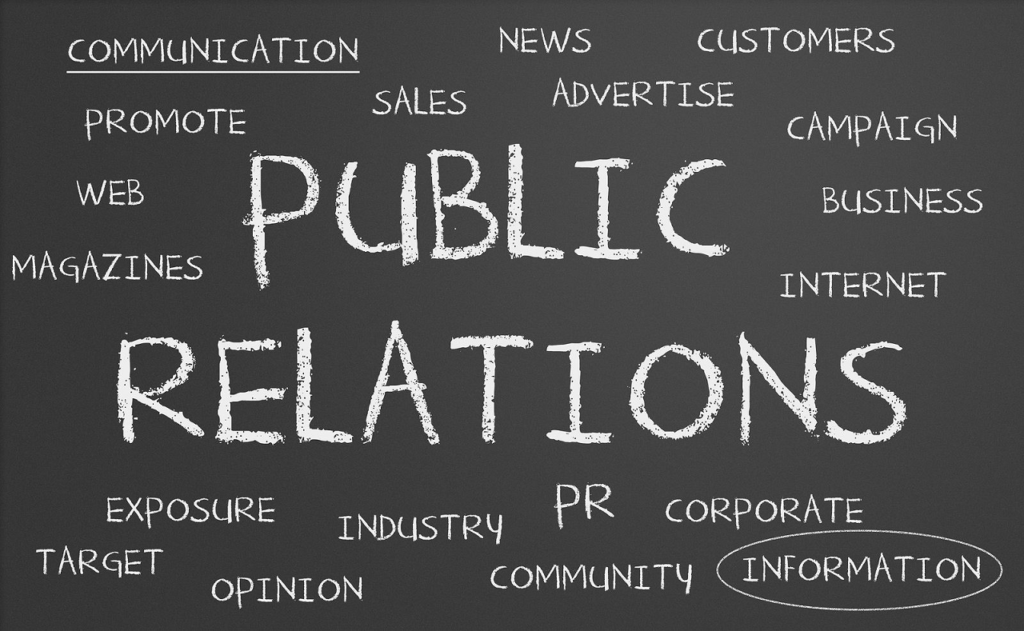Public relation is a process that demands unmistakable expertise, awareness, and perseverance from individuals who decide to find employment in the field, regardless of whether you consider it a skill or scientific method. To be successful, in this profession one must combine sentimentality and reasoning, and it can be all demanding and rewarding. The field is expanding, which also means there will be plenty of job prospects for someone involved in public relations.

Public Relation (PR)
Public relation is a decisive transmission of information used by businesses, people, and organizations to establish interdependently advantageous connections with the general populace. A public relations professional creates and maintains a positive corporate brand awareness connection with the intended audience by developing a specific planning process and utilizing mainstream press as well as other direct and indirect forms of media.
Public relation is a unique practice that shares attributes with numerous other specializations, including branding, communication systems, and publicity. However the commitments in such disciplines are comparable, there are some facets of public relations that distinguish it and render it a distinct character.
Types of PR
Public relations specialists employ a variety of strategies to achieve their goals and keep a favorable image and reputation for their organization.
Following are the most widely acknowledged types of public relations:
Media Relations: Developing positive relationships with media organizations and serving as one‘s material source.
Investor Relations: Entails managing shareholder activities, publishing accounting statements and filings, and responding to investors, consultants, and media inquiries and concerns.
Government Relations: Expressing the company to the government in terms of policy implementation, such as social responsibility, fairness, product safety, employee rights, and so on.
Community relations: Entails working to improve a brand’s performance in the local or surrounding community. Enterprises frequently participate with the community actively via activities, philanthropic work, or participation in a regional venture.
Internal Relations: Counseling the workforce about regulations, action plans, the organization’s commitment, and their own obligation. And working with them on special content rollouts and ceremonies.
Customer Relation: Managing connections with the target audience and customers. Undertaking industry study to discover further about clients’ preferences, mindsets, and preferences, and developing tactics for influencing them through paid advertising.
Marketing Communications: Assisting with product releases, special initiatives, brand recognition, impression, and placement.
Difference between Public relations and Advertising
Though parallels may be drawn between PR and advertising when considering the ultimate goal, pitching Public relations vs advertising gives a clearer picture of the two.
Public relations is a marketing strategy used to create cooperatively favorable interactions with the general public by conveying intricately plotted communications through non-paid/earned media. It is motivated by the establishment of an effective relationship and is considered a two-way method. Its importance is in forging a positive relationship with the target audience.
On the other hand, Advertising is the initiative of drawing the general populace’s interest in a particular concept, product, or service via paid statements made by a specific benefactor. Powered by communication at its core, advertising is intended to connect with the target market about a specific service, initiative, product, or other brand-related details in a one-way manner.

